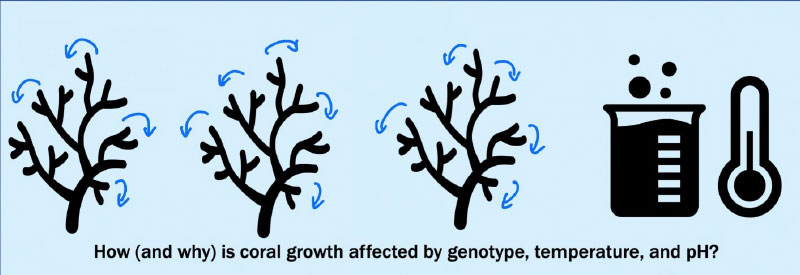
Summary
|
US coral reefs cover ~17,000 km2, and reduce wave impacts during storm and flooding events, thereby preventing loss of life, and mitigating property damage. Over 500 million people worldwide depend on coral reefs for food, income, and protection, and the value of their services is estimated to be $375 billion/year. Unfortunately, the extent of coral cover has drastically reduced in the last three decades, with declines in some regions exceeding 80%. This team will work closely with the Lowe Art Museum to develop engaging digital and analog multi-modal experiences that invite and support critical reflections on climate change and sea level rise. Bringing this project team together with artists, community members (including K-12 students and their teachers), and area scientists, the museum will function as a space for experimentation and innovative practice where, working together, art and science leverage and advance community awareness, advocacy, and education. Results from this proposal will help understand how corals respond to environmental stressors and provide inputs to the following stakeholders: NOAA and their coral conservation programs, coral nurseries, and Miami-Dade County Office of Resilience.
|
Team
|
Prannoy Suraneni (Civil & Architectural Engineering), Landolf Rhode-Barbarigos (Civil & Architectural Engineering), Vivek Nagendra Prakash (Physics), Ian Enochs (NOAA), Jill Deupi (Lowe Art Museum), Diego Lirman (Marine Biology and Ecology)
|




